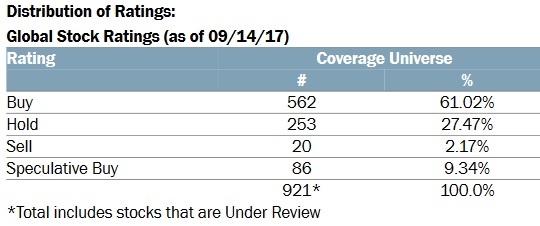The long spell of strong momentum that swept a number of fast growing stocks to racy (and possibly stretched) valuations has eased off recently. Popular names that set the pace in the market have seen their prices slip back. Among them are companies like Hotel Chocolat, Purplebricks, Fevertree Drinks, Frontier Developments and Joules and even IQE to name a few. All this prompted our own Paul Scott this week to question whether the momentum trade was actually over.
Timing market trends is notoriously difficult, of course. What we’ve seen from prices could be the market blowing off steam, a change in trends or the start of a wider correction. But whatever it is, it’s likely that this momentum wobble in go-go growth stocks will be worrying some investors - especially those that have bought them recently.
So it’s worth taking a step back and exploring why some growth shares are so good at grabbing investor attention - and why that means it’s important to know what sort of investment profile they really have, and how it can change.
Resisting the temptation of high profile shares
Most investors get their ideas from a handful of sources. We’ve previously discussed the risks of some of them, such as internet bulletin boards and broker recommendations.
But arguably there’s a much broader behaviour-driven problem faced by investors when it comes to sifting through ideas. Essentially, there’s a risk of being attracted to buying shares that are high profile and in the news a lot.
Now that sounds terribly simplistic and it’s likely to be laughed off by a few readers ! But the evidence from research by some influential names in behavioural finance suggests that this is exactly what happens.
Back in 2007, Brad Barber and Terrance Odean wrote a paper on how individual investors tend to be net buyers of attention-grabbing shares. They classed these stocks as those that were in the news, experiencing abnormal trading volumes and experiencing extreme one-day returns. By looking at trading data from brokerages, they showed that investors were often net buyers of shares on ‘high-attention’ days.
Barber and Odean blamed this behaviour on the fact that, faced with potentially thousands of stocks, the average investor automatically slims down the list to those that have caught their…









